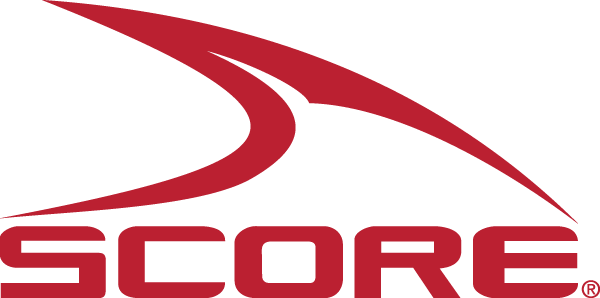Without even trying, sports have more impact on kids’ lives than any other social activity. How many people do you know who attribute their business success, academic success, and social success to lessons learned from playing sports? Now, what if sports actually tried? That's what the SBYD (Sports-Based Youth Development) Movement is all about. By combining sports with the proven concepts of youth development, we can help youth sports programs in every community become even more effective as positive influences on the lives of the youth they serve.
I had the opportunity to spend last week with nearly 150 Coach Across America coaches and youth sports program administrators. It was all part of the Up2Us Coach Training Institute, which we conduct annually in partnership with Boston University. We talked about the ABC’s of SBYD Programs. I wanted to share these with you:
A. Kids feel safe. That means physically and psychologically. Their fields and basketball courts need to be safe. But youth also need to feel it’s okay to make mistakes and still be respected by their teammates and coach regardless of their abilities. In under-resourced communities, there are very few environments where a child can try, fail and try again. It’s critical that coaches ensure that sports fields are emotionally safe places for youth to learn these essential life skills.
B. Coaches are role models. Coaches need to recognize the unique role they have in using sports to create positive relationships with every member of their team. After all, how many other adults get to demonstrate to a young person the proper way to act, react and even counter-act? Sports provide this unique framework for modeling behavior, and coaches must be prepared to set a positive example that youth will translate on and off the field.
C. Practices are intentional. Coaches should not just show up, blow a whistle, and tell everyone to do laps. They should be intentional about the goals they have for their team, not just as athletes but as human beings. While practices can emphasize dribbling, they can also emphasize how to get along with each other, how to do well in school and how to eat right. It all starts with a coach being prepared. From starting practice by asking about schoolwork, to ending it with a discussion of respecting one another and saying no to violence, an intentional coach holds the key to directing a young person to make better life choices.
D. Programs are well administered. This one sounds boring but it’s not. Little League, Pop Warner and Youth Soccer Associations are some of the most organized sports programs in the country. Why? Because they all have strong administrations. All sports programs, even in the most under-resourced communities, should strive for a structure that ensures solid systems for outreach, enrollment, funding, training, and evaluation. Kids, especially in low-income communities, need stable structures to support them. They also need to know that if they invest in a program, the program will be around in the future to invest in them.
E. Sports Are Part of the Community. Sports programs are just one aspect of kids’ lives and one piece of “community” in general. For programs to have even more impact, program administrators and coaches must recognize their role in the larger context of health, business, police, schools, churches—virtually all the players that make a neighborhood a great place to live. Then, they must engage these community members. From getting referrals from schools for kids who would benefit from their programs, to working with ministers to encourage parents to attend games, to partnering with the health clinic to offer free blood pressure screening at practices, sports programs have the power to transform communities.
There you have it: these are the ABCs of SBYD programs.
On my next blog, I want to go one step further: I want to talk about the specific competencies that youth sports coaches should have to be effective as youth development leaders. These are important. After all, survey after survey shows that next to their parents, kids look up to their coaches more than any other adults in their lives. Coaches also need to know their ABCs. After all, for every player they meet, they inspire not just their youth, but their lifetime. Stay tuned…
Paul Caccamo Executive Director






